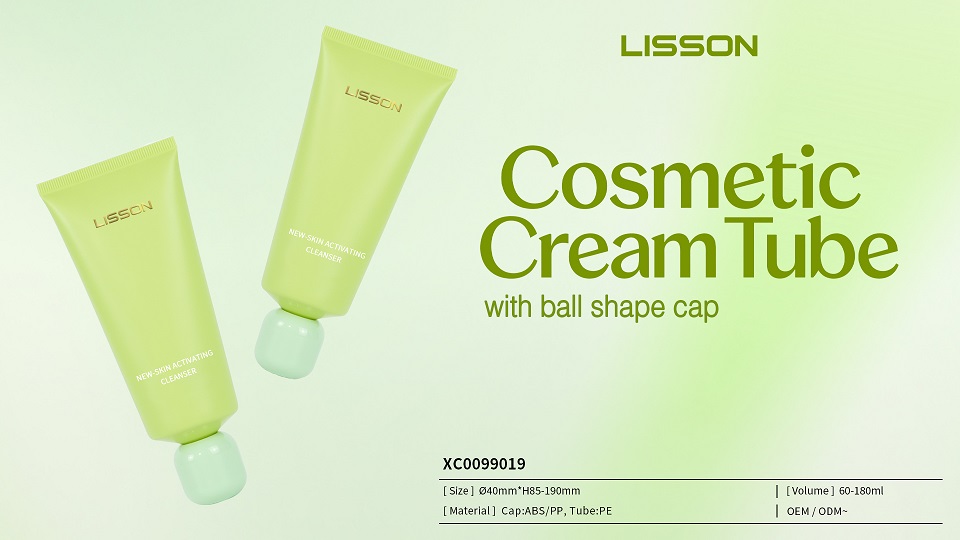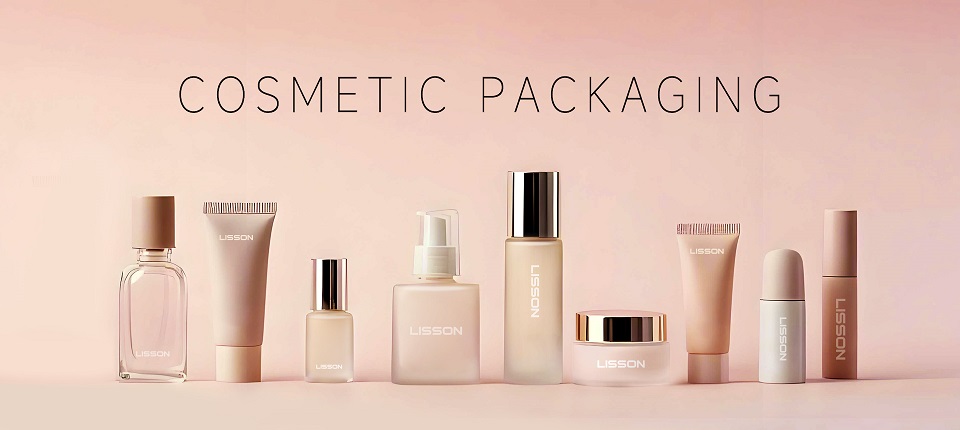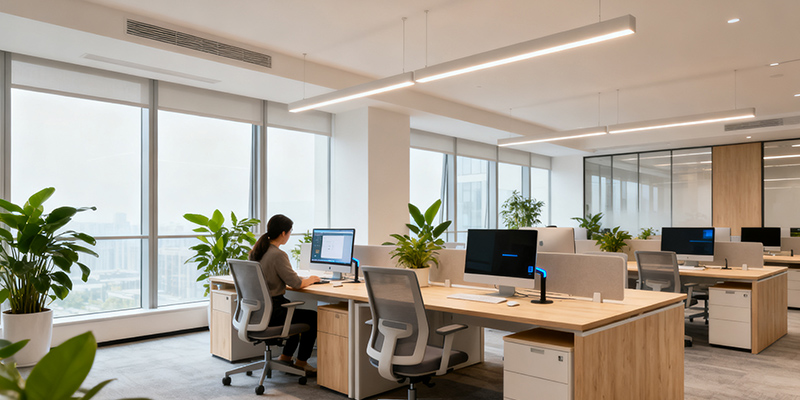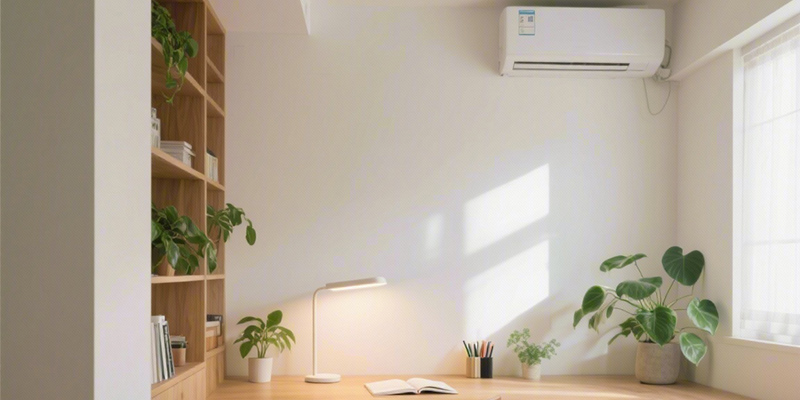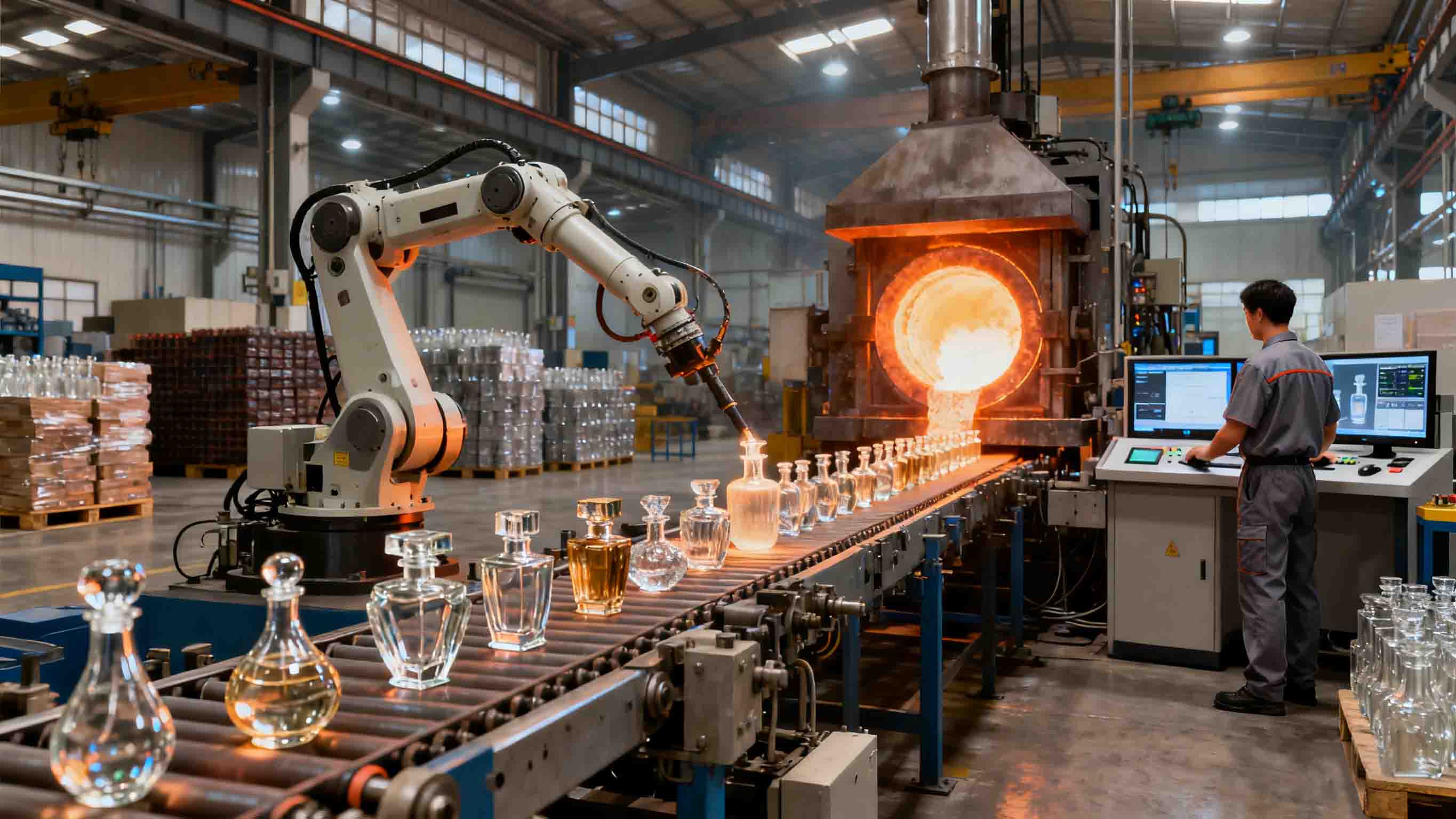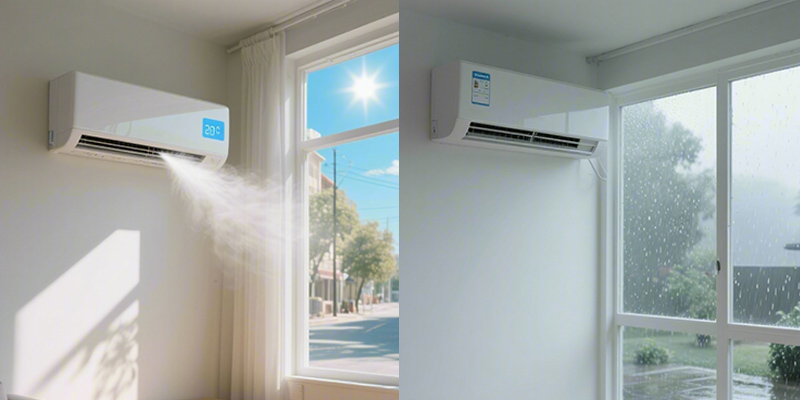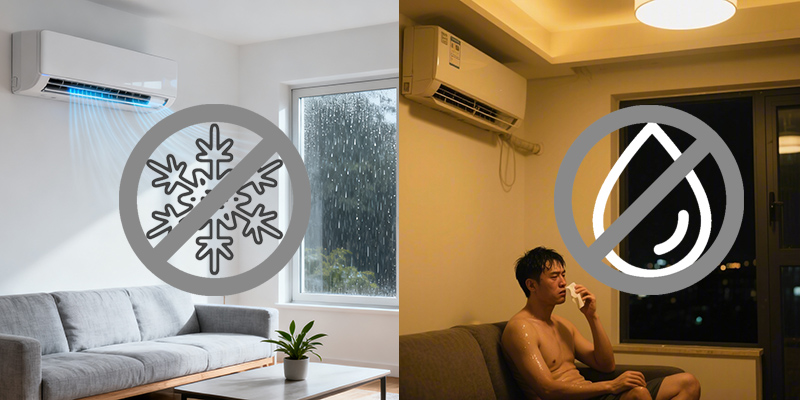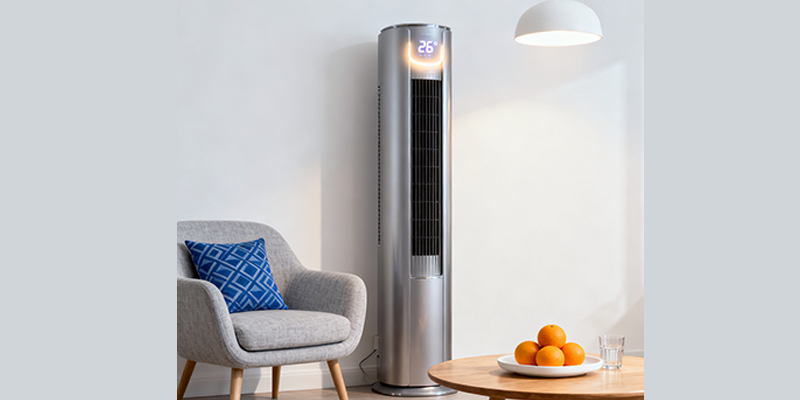Market Insight: The Packaging Shift of 2025 Cosmetic Tube
Global cosmetic brands are facing a new set of pressures reshaping packaging decisions:
1.Shifting Global Policies: Tightening environmental standards worldwide are driving beauty brands to manage the entire life cycle of their packaging and reduce ecological impact.
2.Consumer Awareness: Over 60% of global consumers choose beauty products with sustainable packaging, showing clear preference for recyclable and reduced-plastic solutions.
3.Faster Market Changing: With launch schedules growing shorter, brands increasingly require packaging that can be swiftly adapted for special editions, seasonal collections, or regional preferences.
Cosmetic Tube with Less-Plastic Flip Cap
Product Overview
Tube Material: PE Tube Body or Custom
Cap Material: PP Cap or Custom
Tube Decoration: Silk Screen Printing, Hot Stamping, Labeling, or Offset Printing
Cap Decoration: Custom Finishes
Capacity Options: 15m, 25ml, 60ml (Custom sizes available)
Tube Type: High-Temperature-Resistant Tube, PP Mono-Material Tube
Cap Type: Short Flip Cap with Reduced Plastic Usage
Minimum Order: 10,000 pcs
Diameter Options: D20 / D25 / D30
Less-Plastic Short Flip Cap
LISSON’s R&D team redefined the cap structure to use less material yet maintain a solid, premium touch. Every flip opens easily and closes securely, combining functionality with refined user experience.
1.Eco-friendly choice: Less plastic in every cap means lower material consumption and a smaller carbon footprint.
2.Cost efficiency: A lighter cap reduces shipping weight, helping brands save on logistics and improve overall efficiency.
3.Leak-Proof Structure: The optimized cap design prevents product leakage and residue, maintaining a premium, hygienic feel.
Mono-Material Tube for Easy Recycling
Both the tube body and cap can be made entirely of polypropylene (PP), creating a mono-material design to simplify recycle. Unlike traditional PE tubes with mixed materials, LISSON’s design allows the entire tube to enter the recycling stream as a single unit, achieving real recyclable.
Functional Excellence Across Applications
LISSON’s Cosmetic Tube with Less-Plastic Flip Cap is ideal for sunscreen, hand cream, facial cleanser, moisturizer, lotion products and more. Designed for both practicality and durability, it offers:
1.High-Temperature Resistance: Perfect for long shipping and hot climates, ensuring consistent tube shape and sealing performance.
2.Convenient One-Hand Flip Cap: Enables one hand operation with precise dispensing, preventing leaks or residue, ensuring a clean, great user experience every time.
3.Available Capacities:
15ml: Perfect for travel size sunscreens or trial packs, enabling brand sampling strategies and consumer testing.
25ml: Ideal for for daily-use hand creams or facial cleansers, balancing portability and practicality.
60ml: Suited for standard retail or family-size packaging, balancing value and performance.
Others: Customization for your band needs
Corporate Strength: Trusted Wholesale Packaging Global Partner
As a leading global cosmetic packaging manufacturer, LISSON provides more than just production, we deliver turnkey cosmetic packaging solution. With over 15 global manufacturing and logistics centers, our integrated supply chain enables:
1.Fast samples and flexible customization for brand-specific requirements.
2.Flexible production capacity ensuring on-time delivery worldwide.
3.Technical support across material R&D, structural design, and process optimization.
LISSON always dedicated to quality, sustainability, and innovation, we empowers beauty and personal care brands to lead in a fast-changing market. Contact us now to get samples and further tailored solutions.

